The Process of Fermentation in Black Tea Production
Ah, black tea. The bold, robust, and ever-so-slightly dramatic member of the tea family. While its cousins — green, white, and oolong teas — prefer to keep things light and breezy, black tea thrives on intensity. But have you ever wondered what makes black tea so delightfully rich and flavorful? Spoiler alert: it’s not magic, though it might as well be. The answer lies in fermentation — or, more accurately, oxidation (but we’ll get to that in a moment). Buckle up, because this is one steamy tale of leaves, enzymes, and a whole lot of chemistry.
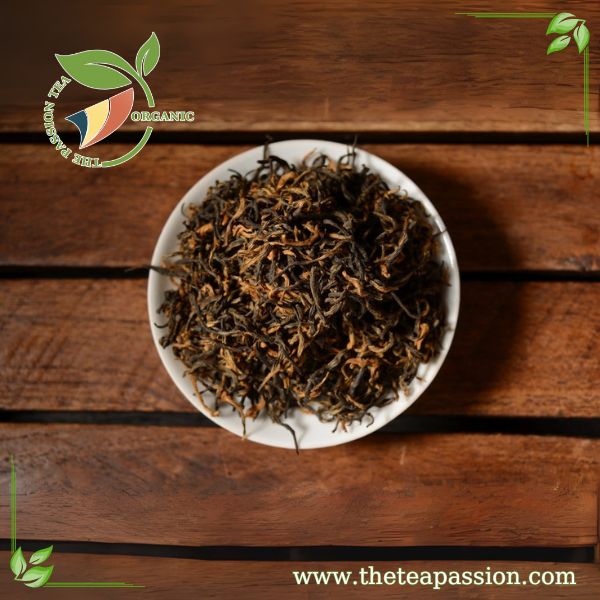
Step 1: The Pluckening
Every great story begins with a dramatic opening act, and black tea production is no different. Picture this: tea gardens sprawled across misty hillsides, where dedicated workers expertly pluck the tender top leaves and buds of the Camellia sinensis plant. These leaves are basically the Beyoncé of the plant world — they’re young, fresh, and destined for greatness.
But don’t get too attached to these innocent little leaves. Their carefree days are numbered because things are about to get intense.
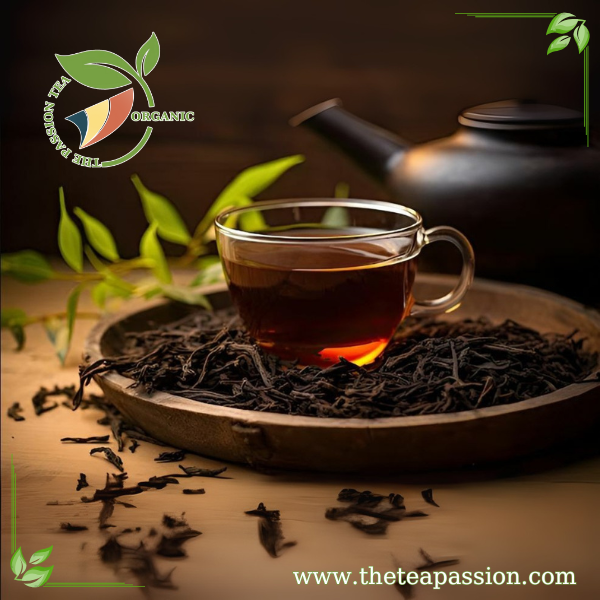
Step 2: The Withering — A Leaf Spa Day
Next comes withering, which sounds ominous but is really just a fancy way of saying “drying out a bit.” The freshly plucked leaves are spread out on large trays or racks to lose some of their moisture. Think of this as a leaf spa day — they’re just lying around, relaxing, and letting go of their water weight.
But don’t be fooled by their chill demeanor. Beneath the surface, enzymes are stretching and warming up for their big moment in the spotlight.
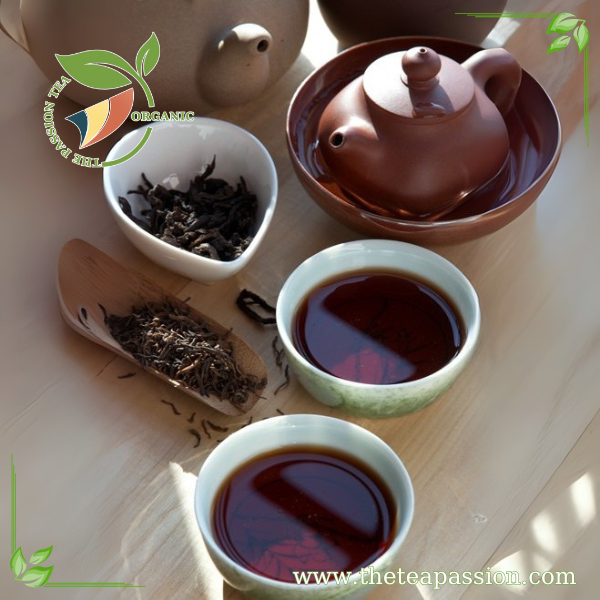
Step 3: Rolling — A Leaf Yoga Session
Now it’s time for some action! The withered leaves are rolled, either by hand or machine, to break down their cell walls. This step is like a yoga class for the leaves — lots of bending, twisting, and releasing inner tension.
Why all the rolling? Well, this is where the juicy stuff happens (literally). The rolling process ruptures the leaf cells, allowing their natural juices and enzymes to mingle with oxygen. It’s kind of like when you cut into an apple and it starts to brown — only way more delicious and far less disappointing.
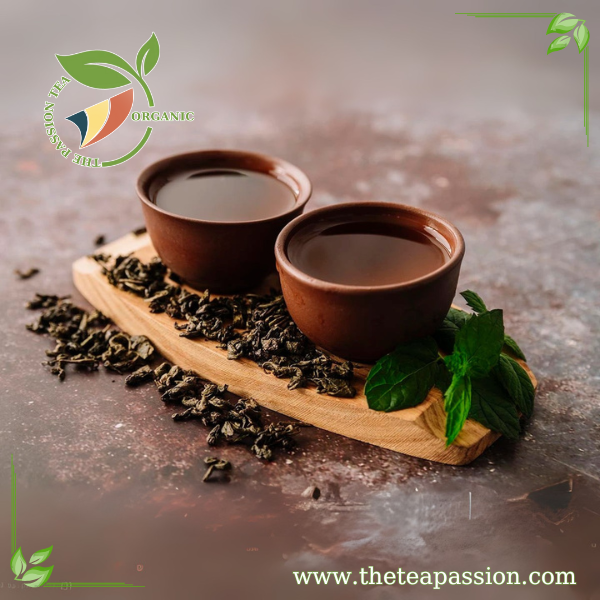
Step 4: Fermentation (a.k.a. Oxidation) — The Leaf Glow-Up
Here’s where the magic really happens. Technically speaking, this step isn’t fermentation in the traditional sense (no yeast or alcohol involved), but the tea world decided to stick with the term anyway because it sounds cooler than “oxidation.”
The rolled leaves are spread out in a temperature- and humidity-controlled environment where they can mingle with oxygen like they’re at an exclusive leaf cocktail party. During this time, enzymes in the leaves work overtime to transform their chemical composition. The result? A glorious darkening of the leaves and the development of those rich, malty flavors that black tea is famous for.
Think of oxidation as a makeover montage in a rom-com. The leaves go in looking green and unassuming but emerge bold, confident, and ready to take on the world (or at least your teacup).
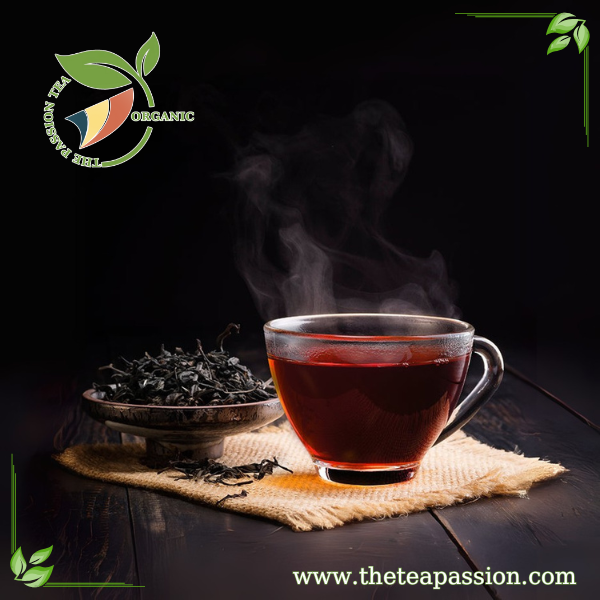
Step 5: Firing — The Final Countdown
After fermentation reaches its peak (cue dramatic music), it’s time to stop the process before things get out of hand. Enter firing: the tea leaves are heated to halt oxidation and lock in their flavor.
This step is essentially a leaf sauna session — hot and intense but oh-so-necessary. It also ensures that the finished product is shelf-stable and won’t start sprouting mold while waiting for its big debut in your pantry.
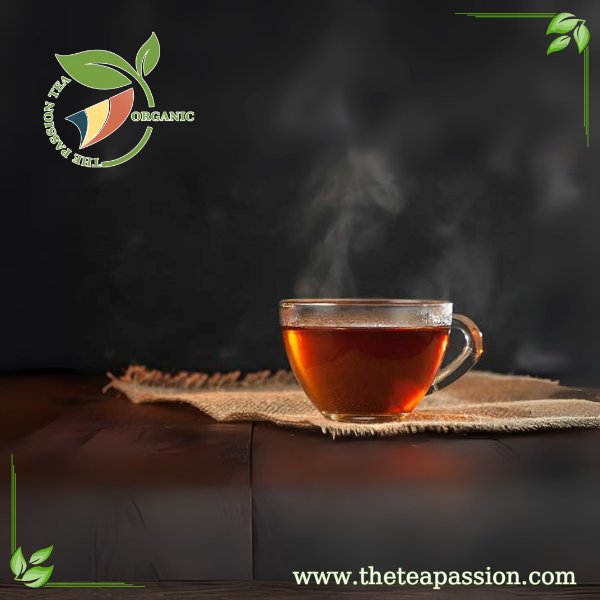
Step 6: Sorting and Grading — The Leaf Oscars
Finally, the dried leaves are sorted and graded based on size and quality. This is where terms like “Orange Pekoe” and “Broken Leaf” come into play. Think of it as an awards ceremony for tea leaves: some win Best Whole Leaf Performance, while others snag Best Supporting Crumbs.
Regardless of their grade, every leaf has its place in the world — whether it’s destined for a premium loose-leaf blend or a humble tea bag. After all, every cup of tea deserves its moment in the spotlight.
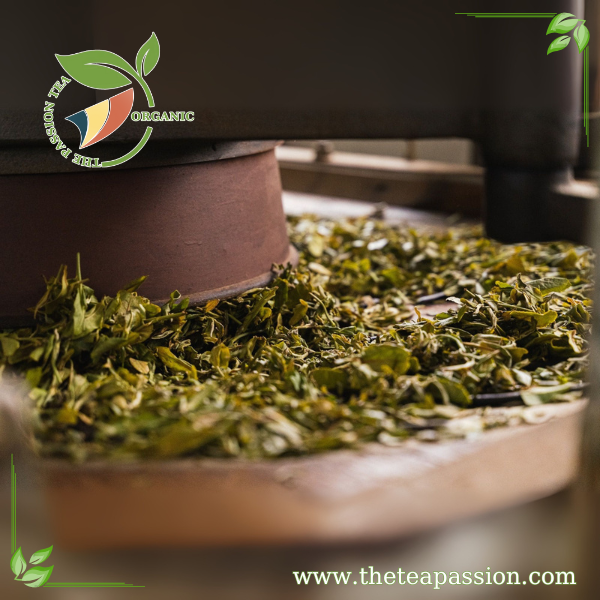
Your Cup of Tea
And there you have it! From plucking to oxidation to firing, black tea undergoes a truly transformative journey before it lands in your cup. So the next time you brew a pot of Earl Grey or sip on a steaming mug of Assam, take a moment to appreciate the drama, dedication, and downright fabulousness that went into creating it.
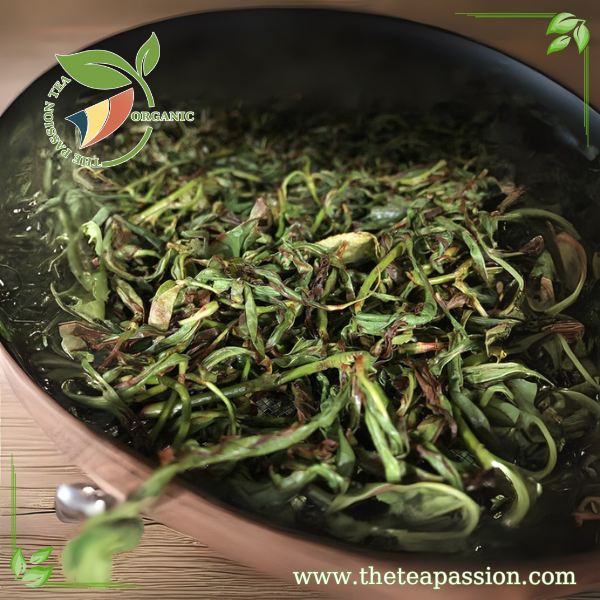
Because let’s face it — black tea isn’t just a beverage; it’s a lifestyle. Cheers!
